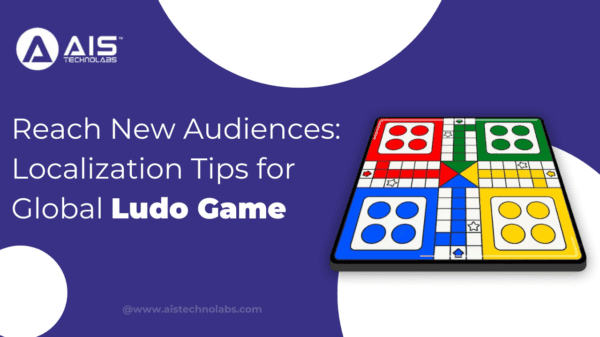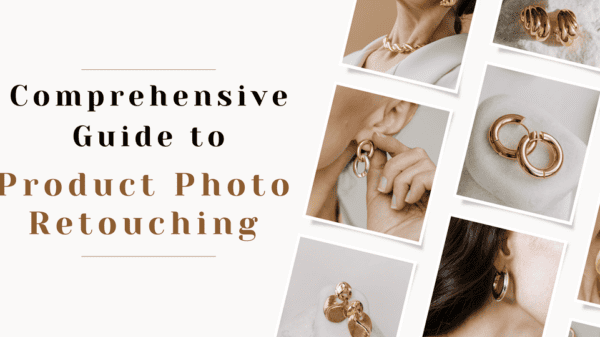AR, or Augmented Reality, is one of the leading technologies in the world today. In 2023, there are around 1.4 billion AR devices actively in use. With the growing use of Augmented Reality, a lot of major players in the game are stepping into this world.
One of them is Snapchat, which has delved quite deep into AR and its uses. Snapchat officially reports that they have around 330,000 active lens creators who have made 3.5 lenses or more. And that’s why Snapchat’s AR is one of the key players in this industry.
But what exactly is Snapchat AR? What does the titular software do to help app developers? And how can it potentially benefit the user or businesses? Let’s find out and overview these key aspects of Snapchat’s AR lenses.
What is Snapchat AR Lens?
Snapchat AR lens is a technology that uses cameras in phones and other devices and then implements Augmented Reality filters onto the user’s face. These filters are usually to enhance the image quality or apply kinks and changes to the user’s face.
They could also be thematic elements and memes or fun filters to make the Snap a bit fancier.
Basically, Snapchat’s AR lenses use computer vision technology to recognize and track users’ facial features in real time. Then, the filters in the app overlay the dynamic augmented reality effects onto the camera feed.
This allows the Snap AR filters to seamlessly integrate animations and filters with users’ movements. And that’s how it ends up creating an engaging and interactive image.
Generative AI
Snap AR is also beginning to use Generative AI in their filters. This technology implements artificial intelligence systems designed to generate content autonomously. In other words, Snap AR now employs Generative Adversarial Networks (GANs) and Variational Autoencoders (VAEs).
These two deep learning models ensure that Snap AR is capable of creating entire environments. An example of this would be a user applying a filter, but not only does their face change but so does their surroundings.
Cosmic Lens
Snap’s Lens Carousel has started featuring Cosmic Lens. This is a prime example of Generative AI and AR in action as
Snap AR Software
Snap AR Software is simply titled Lens Studio 5.0 Beta. As you can judge by the title, this is the fifth iteration of the program, and it’s still in the beta stages. While the software belongs to Snap, users can create lenses and filters for any sort of program or third-party usage.
The Lens Studio offers many things, such as:
- Ability to create AR filters for Snapchat and other programs;
- In-built 3D vector to create filters/designs from scratch;
- Pre-built white-label lenses for users to add and make their own;
- Collaborative tools for a team to work on a single project;
- Using GPT-based AI generative capabilities;
- And using templates and other pre-built elements to speed up the creation process.
This software is also available in a web version, and it’s called Lens Web Builder. Users can go to the website and then use ready-made Snapchat filters or create one from scratch.
There are also various customizability options in the web version, which offers a vast library of layouts and layers. Then, the user can save their filter as their preferred name and use it however they like or import it to the software version of the program.
Potential Benefits of Snap AR Lenses
There are quite a few benefits of using Snap AR Lenses. They are ideal for marketing, and many brands even use them as a viable way to market products. In-app AR adverts are quite common for fashion and lifestyle brands.
Reaching a Specific Demographic
Snapchat is quite the premium platform to reach a younger demographic. For any business looking to advertise to a younger generation, Snapchat is the ideal place. According to research, around 65% of the internet users between the age of 15-29 use Snapchat.
And since a lot of those users fall into Gen Z, it’s a better way to reach the younger demographic. For instance, around 71% of Gen Z and Millennials will be more likely to employ AR than any other demographic.
Easy Advertising
AR-based marketing is truly the future of the current era. This is apparent in the result-yielding capabilities of the technology. Stats suggest that AR-based adverts yield around 94% more conversion compared to normal content.
This tells us not only the potential but also the necessity of AR in marketing going forward. Thus, it is a good idea for businesses to adapt to this technology while it’s still in the early phases.
Conclusion
These are some of the key areas of Snapchat’s AR Lenses that you need to understand. Focusing on this technology is surely going to be fruitful for brands and businesses. While we can’t really call Snapchat’s AR Lenses an “infant technology,” it’s surely still developing. So, now’s the time to make the most of AR’s capabilities.



















































































































































































